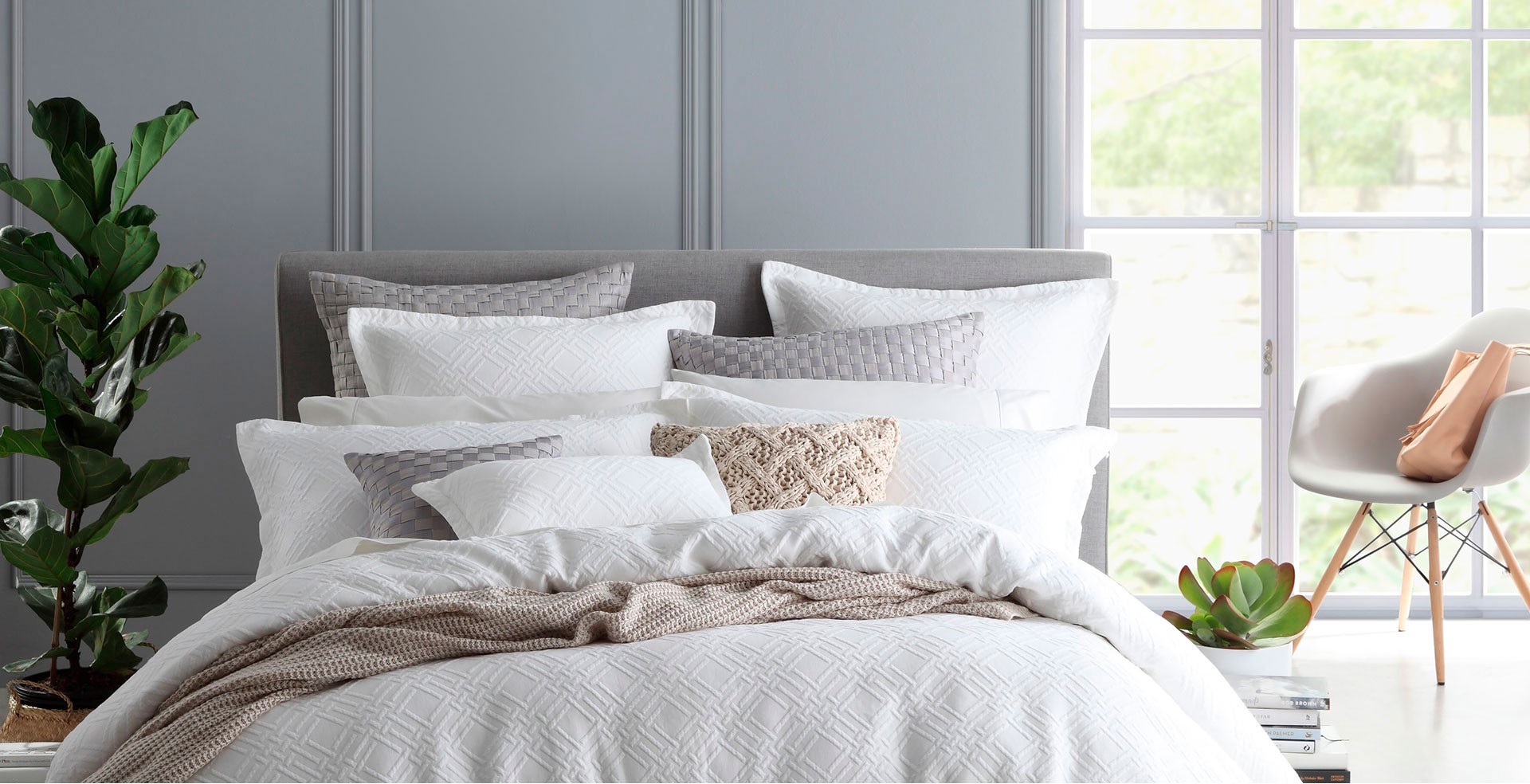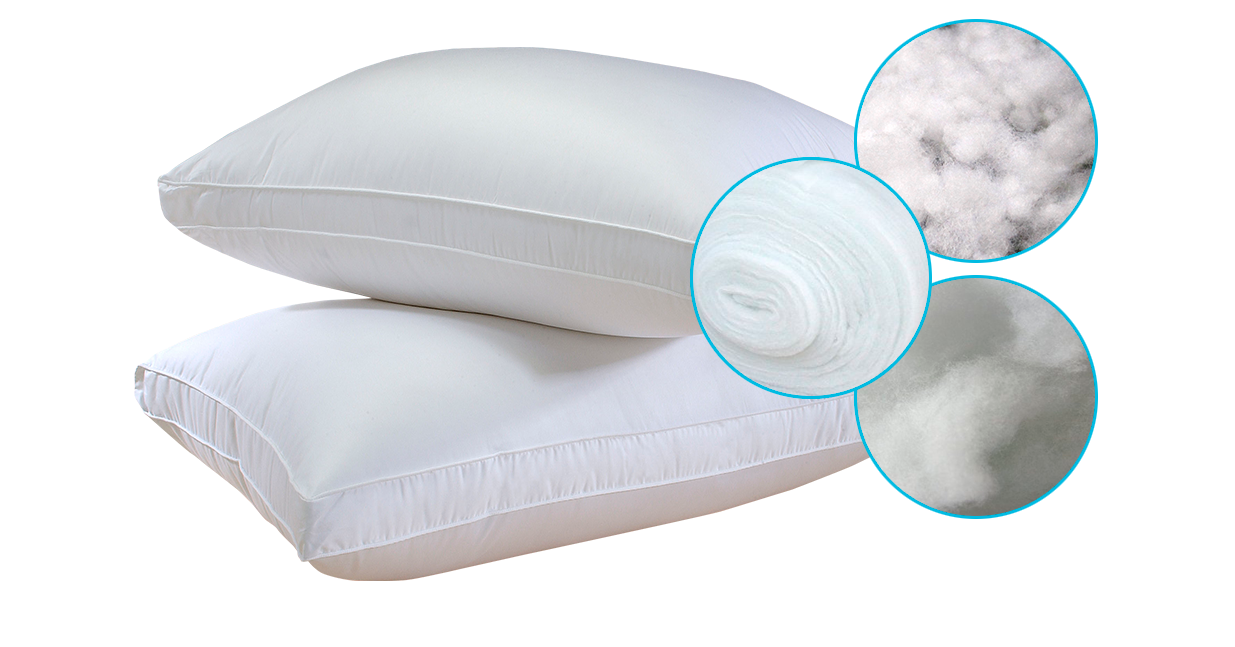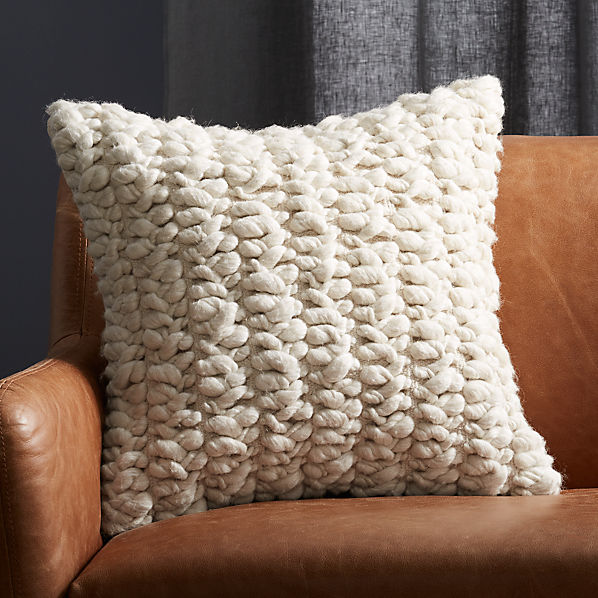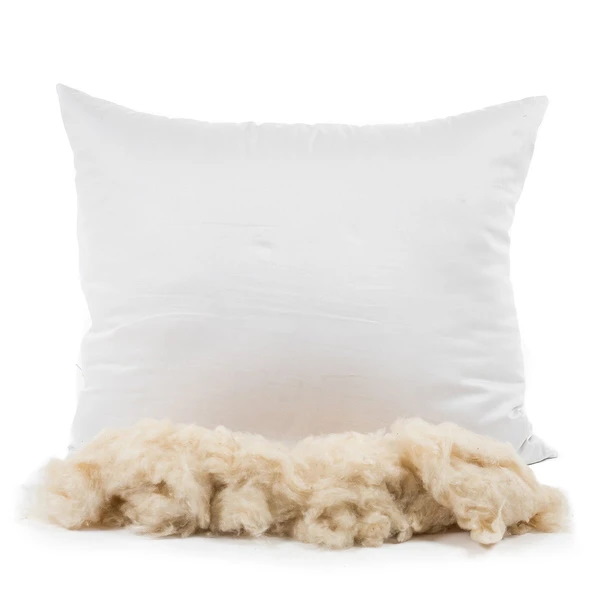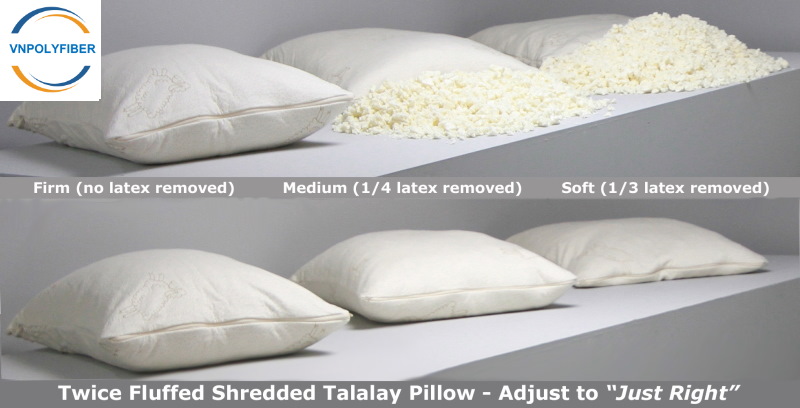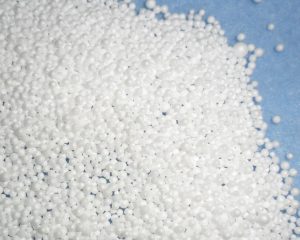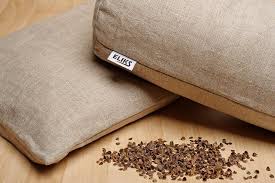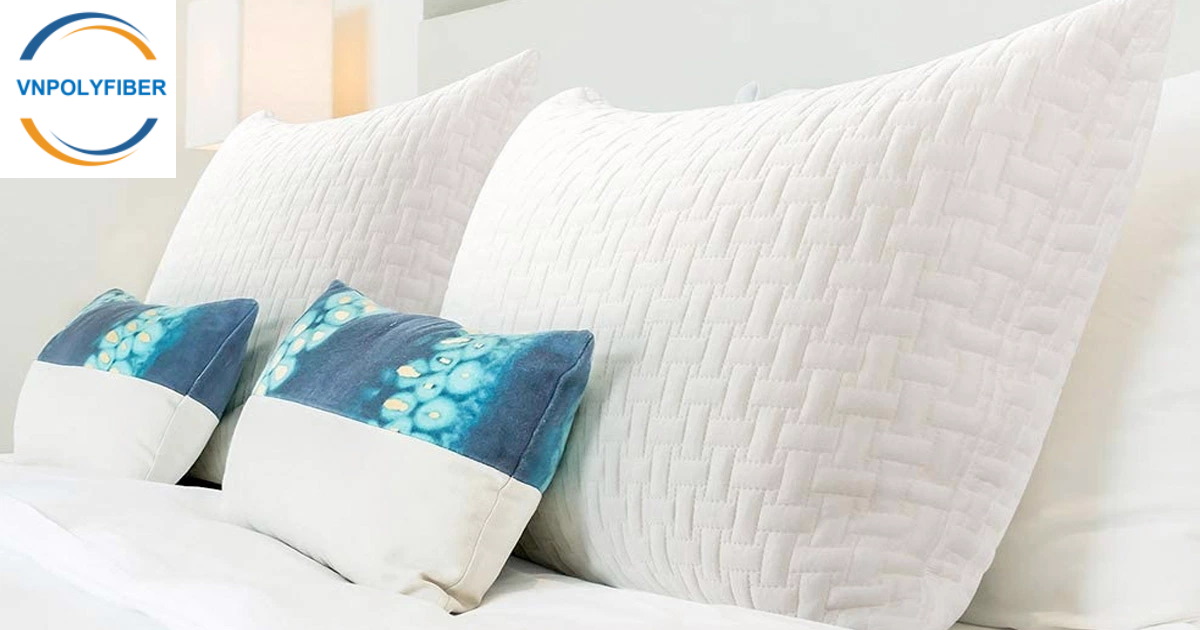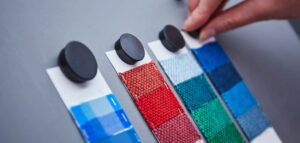What is Cotton Pillow?
Cotton is soft and compressible although slightly more firm than traditional pillow filling like down or polyfill. New synthetic materials such as memory foam have relegated cotton to a minority position as pillow filling.
Creating a cotton pillow involves several steps, from sourcing raw cotton to processing it into a finished product. Here’s a detailed overview of the process:
Characteristics of Cotton Pillows
- Softness: Cotton pillows are known for their softness and comfort.
- Breathability: Cotton fibers allow air to circulate, making the pillow breathable and cool.
- Hypoallergenic: Natural cotton is less likely to cause allergic reactions compared to synthetic materials.
- Durability: With proper care, cotton pillows can last a long time.
Applications of Cotton Pillows
- Bedding: Commonly used for sleeping due to their comfort and breathability.
- Decorative: Smaller cotton pillows can be used as decorative throw pillows on sofas and chairs.
- Support: Specialized cotton pillows, such as body pillows or ergonomic pillows, provide additional support.
Advantages of Cotton Pillow Filling:
- odorless
- free of the potentially toxic materials in many foam pillows
- breathable
Disadvantages of Cotton Pillow Filling:
- with use, cotton can become lumpy and uncomfortable (it’s worth noting that it will resist clumping better than wool)
- not very moldable, does not hold its shape like down or buckwheat hull filling
What is Down Alternative Pillow?
Down alternative pillow filling attempts to mimic down’s advantages while improving upon some of down’s disadvantages.
Poly-fill origin Viet Nam has better quality than China, Thailand, Indonesia PSF. Please visit our homepage to learn more.
Advantages of Down Alternative Pillow Filling:
- It is far cheaper than genuine down.
- Most down alternative pillows are very easy to clean without damaging them.
Disadvantages of Down Alternative Pillow Filling:
- With use, most down alternative filling will develop lumps.
- They’re not moldable or malleable; they do not hold their shape like genuine down pillows.
- They retain more heat than traditional down pillows.
What is Wool Pillow?
Wool’s breathable and insulative qualities make it uniquely suited for use in many different products. For thousands of years, it’s been used extensively for diverse products including clothing, blankets, carpeting, insulation, and upholstery. Wool however isn’t extensively used as pillow filling due to its tendency to clump into balls, making your pillow lumpy and inconsistent.
Viet Nam Polyester Fiber Pillow is made of polyester poly-fill fiber, good quality, and cheap price.
Advantages of Wool Pillow:
- free of the potentially toxic materials in many foam pillows
- breathable
Disadvantages of Wool Pillow:
- many complain of foul odors, particularly in humid environments
- with use, wool quickly becomes lumpy and uncomfortable (see above photo)
- not very moldable, does not hold its shape like down or buckwheat hull filling
- some consider it inhumane
What is Kapok Pillow?
Kapok, or ceiba pentandra, is a tropical tree native to Mexico that flowers, producing a fluffy, cotton-like material containing hundreds of seeds. This light brown, soft fiber is sometimes called silk cotton. Its soft quality makes it a good alternative to down or polyester pillow fill.
Viet Nam Polyester Staple Fibre is good quality, durable, excellent soft, and has good bulkiness
Kapok’s qualities made it very popular for filling pillows, upholstery, and even life preservers. Kapok’s use dramatically declined upon the introduction of polyester/polyurethane foams, but it is currently experiencing a small revival thanks to its all-natural characteristics.
Advantages of Kapok Pillow :
- free of the potentially toxic materials in many foam pillows
- eco-friendly
- soft texture is a good alternative to those accustomed to foam or down pillows
Disadvantages of Kapok Pillow :
- extremely flammable
- quickly develop lumps, much like polyester foam pillows do
- not moldable, does not hold its shape
What is Shredded Latex Pillow Filling?
Latex pillows offer good support for your head and neck while retaining a soft feel. Like most memory foam pillows, the most popular latex pillows sold are solid box-shaped pieces of latex that aren’t moldable. However, shredded latex pillow filling is moldable and malleable.
Viet Nam polyester staple fiber can be a substitute for pillow fill.
Manufacturers can call their pillow filling, “natural latex” as long as there is a percentage of natural material in the synthetic blend. I recommend you look for shredded latex pillow filling that is labeled “100% natural latex.”
Advantages of Shredded Latex Pillow Filling:
- moldable/malleable
- breathable — keeps cool at night, although it doesn’t compare to the breathability offered by buckwheat hulls or microbeads
- eco-friendly
Disadvantages of Shredded Latex Pillow Filling:
- “rubbery” odor
- can be too soft for some, resulting in inconsistent support that elevates your head too high or low
- expensive
What is Microbead Pillow Filling?
Microbeads are also called “uniform polymer particles.” You could call them the synthetic alternative to buckwheat hulls. They share a lot of the same characteristics: they promote airflow and they’re malleable as well. Unfortunately, microbeads lose their volume and flatten out more quickly than other pillow filling types. They’re also not very good for the environment.
Viet Nam polyester staple fiber can be a substitute for pillow fill.
Advantages of Microbead Pillow Filling:
- breathable — keeps cool at night
- moldable/malleable — it holds its shape and offers good support for your head, neck, and shoulders
Disadvantages of Microbead Pillow Filling:
- chemical odor and potentially dangerous “off-gassing”
- no variety of firmness or loft (they’re mostly medium firm, medium loft)
- short life span — micro beads quickly degenerate and flatten out with the use
What is a Buckwheat hulls pillow?
Buckwheat hulls are the hard outer shells that house the seeds of the buckwheat grain. The hulls are strong, aromatic, and do not retain or reflect heat, making them an ideal allergy-free alternative to feather or synthetic fiber fills for pillows and upholstery.
Buckwheat hulls are firm yet highly malleable and breathable, which makes them ideal pillow fill.
Viet Nam polyester staple fiber can be a substitute for pillow fill.
Advantages of Buckwheat Hull Pillow Filling:
- superior support to all other pillow filling — buckwheat hulls will conform perfectly to the shape of your head and neck
- breathable/promotes airflow keeping you cool
- long life-span
- moldable/malleable – it holds its shape and offers terrific support
- eco-friendly
Disadvantages of Buckwheat Hull Pillow Filling:
- buckwheat hulls make a rustling noise when shifted
- heavy — a 20×26″ buckwheat pillow weighs around 8 pounds
- too firm for some — buckwheat hull filling does not collapse under pressure, which can feel “hard” to those acclimated to soft pillow types
What is Memory Foam Pillow Fill?
Viet Nam Memory Foam Pillow Fill memory foam is torn into tiny pieces.
The individual pieces of foam move independently, your pillow to be moldable.
Viet Nam polyester staple fiber can be a substitute for pillow fill.
Pros of Shredded Memory Foam Pillow Fill:
- Pillow fill doesn’t clump
- Pillow fill is moldable/malleable
- Pillow fill offers good support
Cons of Shredded Memory Foam Pillow Fill:
- Pillow fill is chemical odor
- Pillow fill is potentially dangerous “off-gassing”
- Pillow fill can soften and become too thin when body heat is absorbed, resulting in inconsistent support that doesn’t elevate your head high enough

